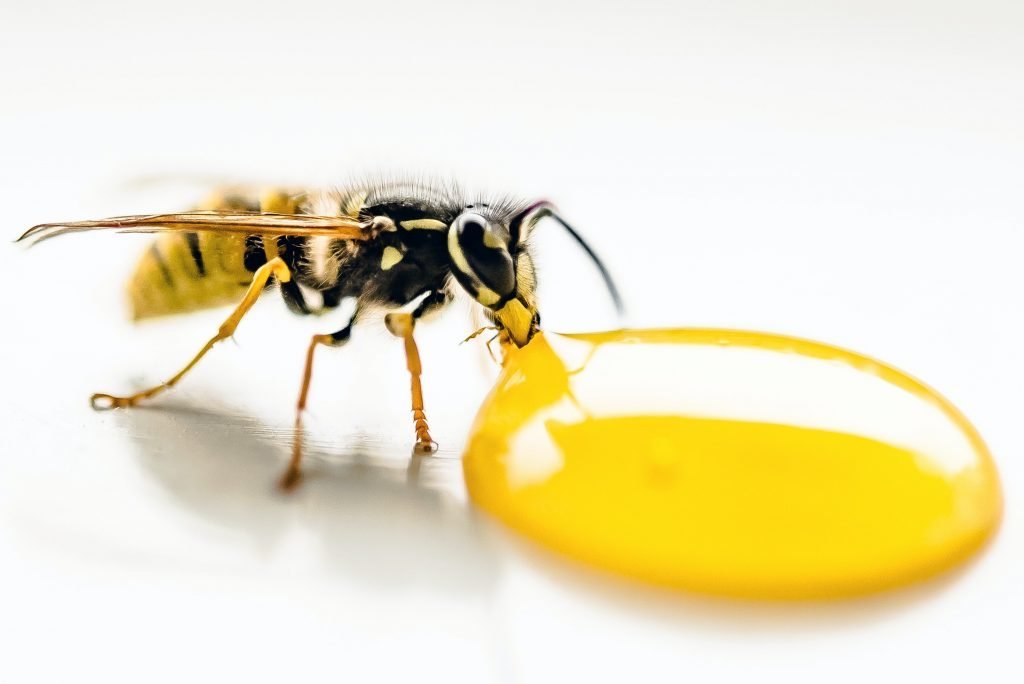Dogs are beloved by kids, adored by many presidents, and saved from certain death by Dwayne “The Rock” Johnson’s chiseled eyebrows. According to ABC, they (dogs, not Dwayne Johnson’s eyebrows) assist people in hunting, crime prevention, bomb detection, mystery solving, and will even chew off your toe if you have undiagnosed diabetes. You can be sure that no person has ever been so in love with another person that they would bite into a sick foot. Dogs and humans have coexisted in domestic bliss for thousands of years, but dogs feel more like honorary humans because they frequently treat people more humanely than other humans do. You might wonder how much genetically there is between humans and dogs because the bond feels so natural.
The fact that humans and dogs share a large amount of genetic material probably won’t come as a surprise. After all, according to How Stuff Works, “about 60% of human genes have a recognizable counterpart in the banana genome.” 40 percent of the proteins encoded within that 60 percent are identical. And bananas arent even animals. Approximately 84 percent of the DNA in humans and dogs is shared, according to Seattle Pi. That number is probably much higher for dogs like McGruff the Crime Dog. But thats just the nature of living things. There are a lot more fascinating genetic similarities between humans and animals.
According to Phys. Dogs may be a better reference for nutrition studies because, according to org, the gut microbes that live in human and canine stomachs have genetically similar makeups. Human DNA may also shed light on the unique connection between humans and canines. Although the precise genetic causes were unclear, a study of more than 85,000 Swedish twins found that “genetics [are] slightly more predictive of dog ownership in adulthood than environment.” Humans were created to love dogs with every beat of their hearts, to quote Queen.
Of course there will be DNA similarities between humans, dogs, mice, and apes. They are all mammals. Humans and birds are a different matter. However, they also have a lot of DNA in common (65%). It’s crucial to comprehend the DNA similarities and differences between avian and human species. First, chickens produce proteins like interferon that are beneficial to human immunity and require further research Second, in order to develop and improve vaccines, viruses like those that cause the flu can infect both humans and birds. These viruses must be researched.
Dogs are helpful animals to study human disease processes because they and humans share 84 percent of DNA. Particularly of interest to researchers are diseases that affect both humans and dogs. Scientists study and research the disease in dogs in the hope that the same treatments will be helpful to humans because retinal disease, cataracts, and retinitis pigmentosa blind both humans and their canine friends. In order to develop more effective treatments for humans with cancer, epilepsy, and allergies, dogs are also being studied and treated.
Lori Garrett-Hatfield has a B. J. in Journalism from the University of Missouri. She has a Ph. D. in Adult Education from the University of Georgia. She began her career in education in 1994 and has since taught every grade in the K–12 system, focusing on English and English as a Second Language instruction.
The great apes of the Hominidae family are what humans are most closely related to. This family includes orangutans, chimpanzees, gorillas, and bonobos. Of the great apes, humans share 98. 8 percent of their DNA with bonobos and chimpanzees. Humans and gorillas share 98. 4 percent of their DNA. However, the DNA differences become more pronounced once the apes are not native to Africa. Humans and orangutans share 96. 9 percent of their DNA. Humans and monkeys share approximately 93 percent.
It should come as no surprise that we share a lot of traits with our animal friends given the structure of deoxyribonucleic acid’s structure and the technology to sequence both human and animal genomes. It may surprise some people how much we have in common with animals. Although it makes sense that we share DNA with our distant relatives the apes, we also have other, less simian animal relatives.
When Was the Human Genome Sequenced?
In 2001, a complete human genome was released for the first time following ten years of study. Despite significant advancements in genetic technologies since then in terms of cost, speed, and quality, sequencing a species’ DNA is still a difficult task. New animal genomes are examined, sequenced, and added to our understanding of life on Earth every year.
How much DNA do we share with chickens?
If you’ve ever been called a chicken (closest living relatives of Tyrannosaurus rex), chances are that someone in your life is probably just trying to pressure you into jumping into a lake or trying on an ugly sweater. That being said, you may be interested to know that humans and chickens share more than half of their DNA, around 60%.

FAQ
What animal DNA is closest to humans?
Since the chimp genome was sequenced in 2005, scientists have known that humans and chimpanzees are the closest living relatives because they share 99% of our DNA.
What animal do humans share 70% of their DNA with?
Humans and chimpanzees share 98% of their DNA, so it probably comes as no surprise to learn that we also share 70% of our DNA with slugs and 50% with bananas.
How much DNA do humans share with chickens?
The genes of chickens and humans are similar in about 60% of cases.
Do all humans share 99.9 of the same DNA?
All human beings are 99. 9 percent identical in their genetic makeup. Differences in the remaining 0. 1 percent hold important clues about the causes of diseases.